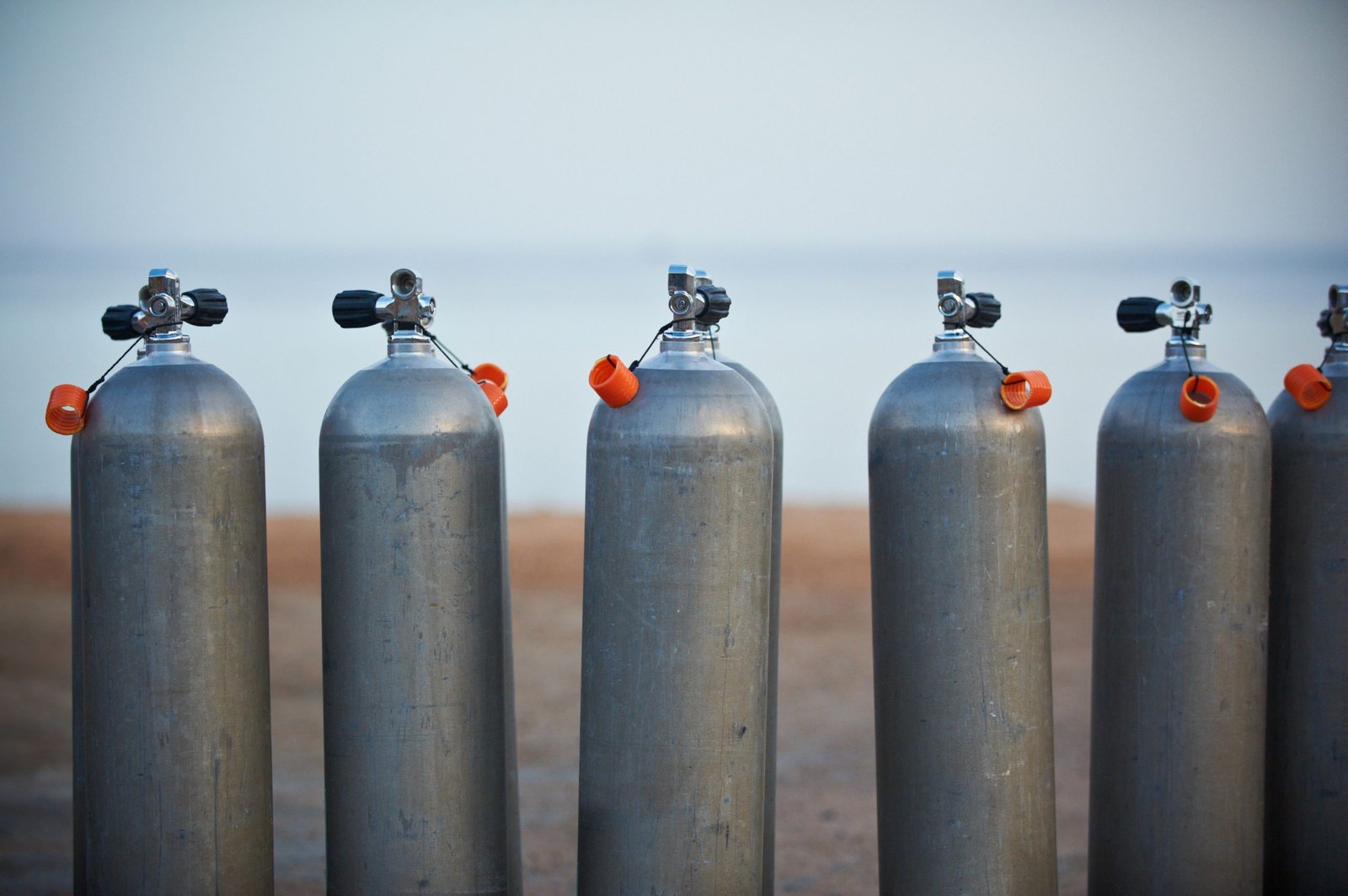Diving is an exhilarating experience that opens up the wonders of the underwater world. However, to dive safely and comfortably, you need the right equipment. This article covers the essential diving equipment every diver needs, explaining the purpose of each item and what to look for when making your selections.
1. Mask
Purpose: The diving mask creates an air space in front of your eyes, allowing you to see clearly underwater.
Key Features:
- Fit: Ensure the mask fits snugly against your face without leaking. A good seal is crucial.
- Lens Type: Opt for tempered glass lenses, which are durable and resistant to shattering.
- Field of View: Choose a mask with a wide field of view for better visibility.
- Comfort: Look for a soft silicone skirt and adjustable straps to enhance comfort.
2. Snorkel
Purpose: A snorkel allows you to breathe at the surface without lifting your head out of the water.
Key Features:
- Type: Basic J-shaped snorkels are simple and effective, while flexible snorkels with purge valves and dry snorkels that prevent water entry offer additional features.
- Comfort: Ensure the mouthpiece is comfortable and fits well to prevent jaw fatigue.
3. Fins
Purpose: Fins provide propulsion, allowing you to swim efficiently underwater.
Key Features:
- Type: Choose full foot fins for warm water diving or open heel fins with booties for cold water diving.
- Blade Style: Split fins reduce resistance and effort, making them ideal for ease of kicking. Paddle fins offer power and control.
- Fit: Fins should fit snugly but not tightly, to avoid discomfort or slipping.
4. Buoyancy Compensator Device (BCD)
Purpose: The BCD helps control your buoyancy, allowing you to ascend, descend, or maintain neutral buoyancy.
Key Features:
- Fit and Comfort: A well-fitting BCD is essential for comfort and control. Test different sizes and styles to find the best fit.
- Lift Capacity: Choose a BCD with sufficient lift capacity for your body size and the type of diving you’ll do.
- Weight Integration: Integrated weight systems can eliminate the need for a separate weight belt, improving comfort.
- Pockets and D-rings: Ensure there is enough storage and attachment points for accessories.
5. Regulator
Purpose: The regulator delivers air from your tank to you at ambient pressure.
Key Features:
- First Stage: Connects to the tank and reduces high-pressure air to an intermediate pressure.
- Second Stage: The part you breathe from, it should be comfortable and easy to use.
- Octopus: A backup regulator for emergencies.
- Balanced vs. Unbalanced: Balanced regulators provide consistent airflow at various tank pressures, making breathing easier.
6. Dive Computer
Purpose: A dive computer monitors your depth, time, and decompression status, ensuring safe diving practices.
Key Features:
- Display: Clear and easy to read, even in low visibility.
- Features: Essential features include depth, time, no-decompression limit, and ascent rate monitoring.
- User-Friendly Interface: Easy to navigate menus and settings.
7. Exposure Suit
Purpose: Exposure suits provide thermal protection, keeping you warm in cold water and protecting against sun, scrapes, and stings.
Types:
- Wetsuits: Made of neoprene, they come in various thicknesses. Choose based on water temperature.
- Drysuits: For very cold water, drysuits provide superior insulation by keeping you dry.
- Rash Guards: Thin, protective tops for warm water, offering minimal thermal protection but good UV and abrasion protection.
8. Weights and Weight Belt
Purpose: Weights help you achieve neutral buoyancy by counteracting your natural buoyancy and that of your equipment.
Key Features:
- Weight Belt: Traditional option; simple and effective.
- Integrated Weights: Built into the BCD for better weight distribution and comfort.
9. Tank
Purpose: The tank holds the compressed air you breathe underwater.
Key Features:
- Material: Steel tanks are durable and negatively buoyant. Aluminum tanks are lighter and positively buoyant when empty.
- Capacity: Common sizes are 80 cubic feet, but smaller or larger tanks are available based on your air consumption and dive profile.
10. Accessories
- Dive Knife: Useful for cutting lines or freeing yourself from entanglements.
- Dive Light: Essential for night dives or exploring dark areas.
- Surface Marker Buoy (SMB): For signaling your location to boats or dive buddies.
- Underwater Slate: For communication and note-taking underwater.
Conclusion
Having the right diving equipment is crucial for a safe and enjoyable dive. Understanding the purpose and features of each essential item helps you make informed choices that enhance your diving experience. Always invest in high-quality gear, ensure everything fits and functions correctly, and maintain your equipment regularly. With the right gear, you can dive confidently and fully enjoy the wonders of the underwater world. Happy diving!



